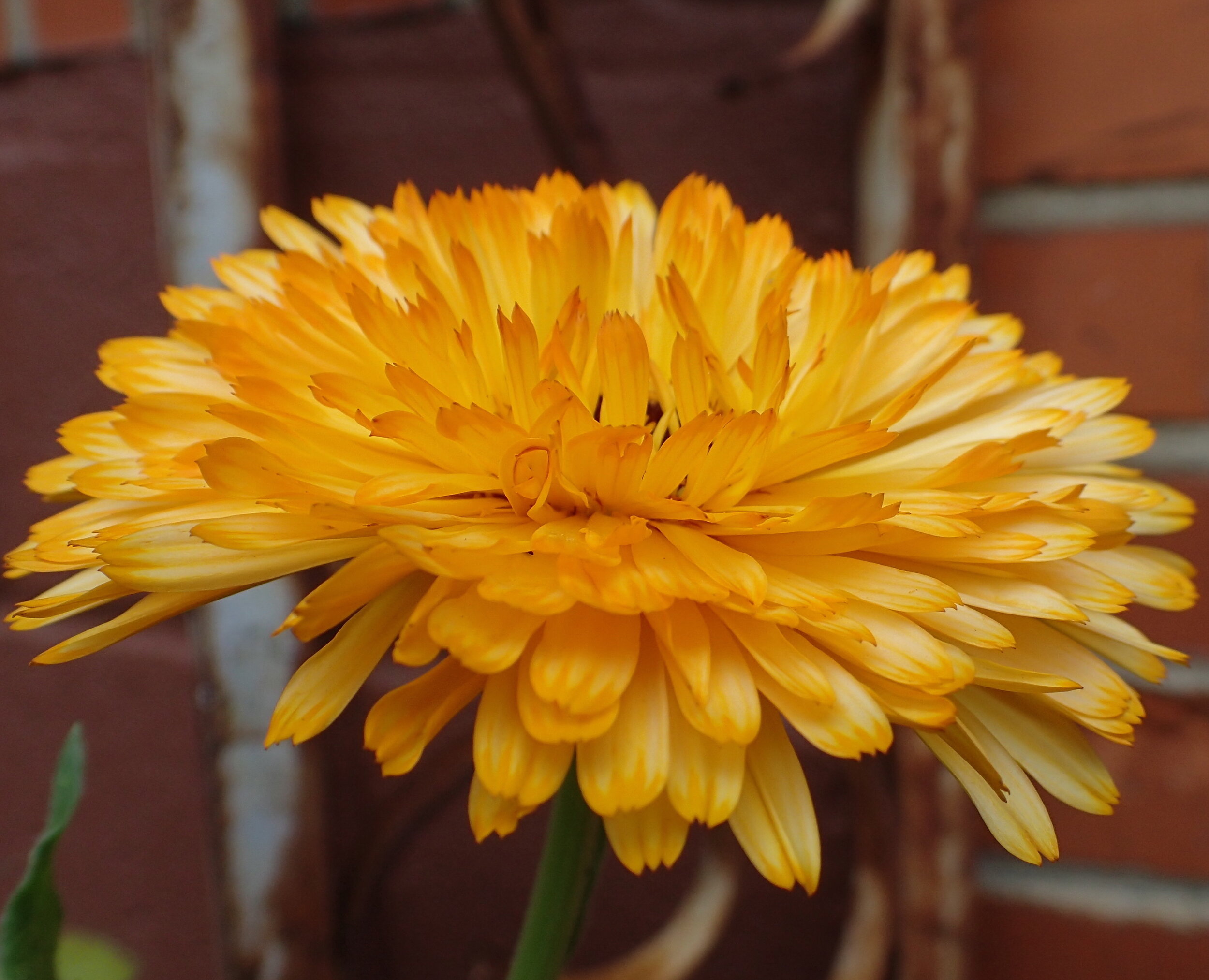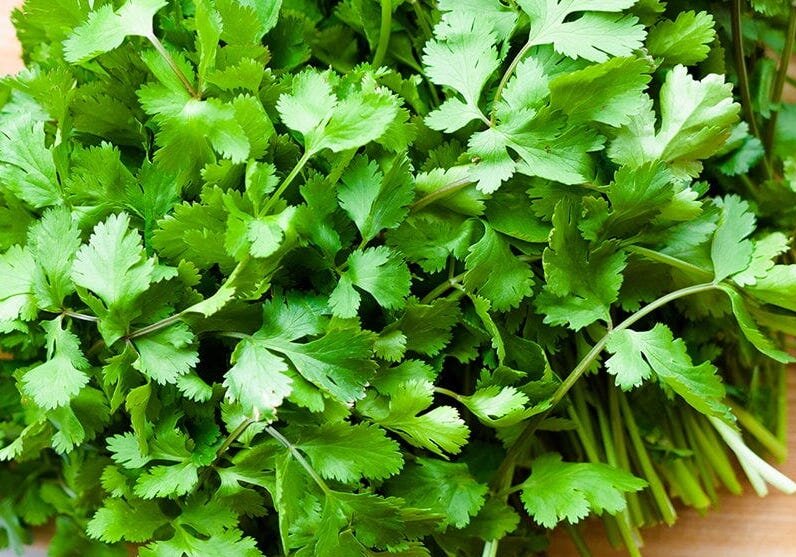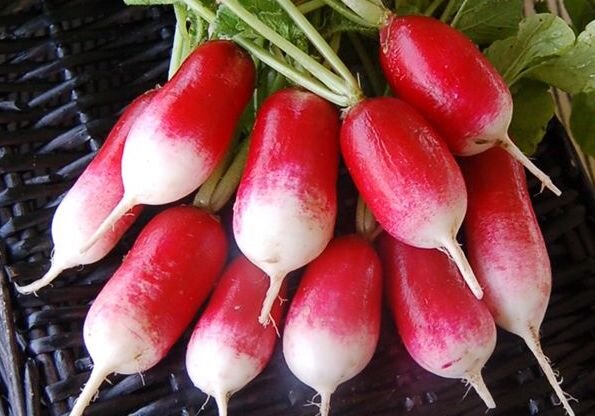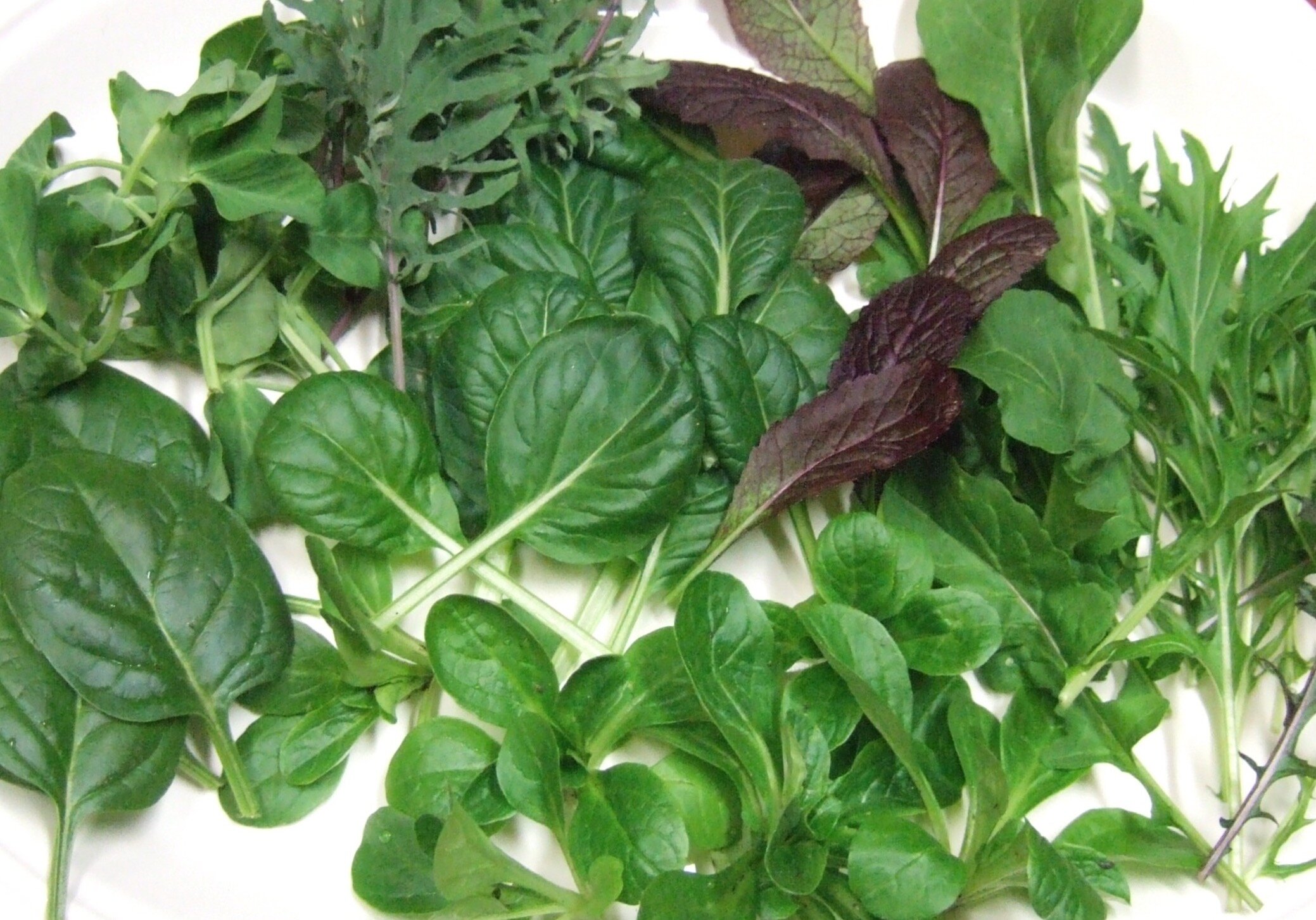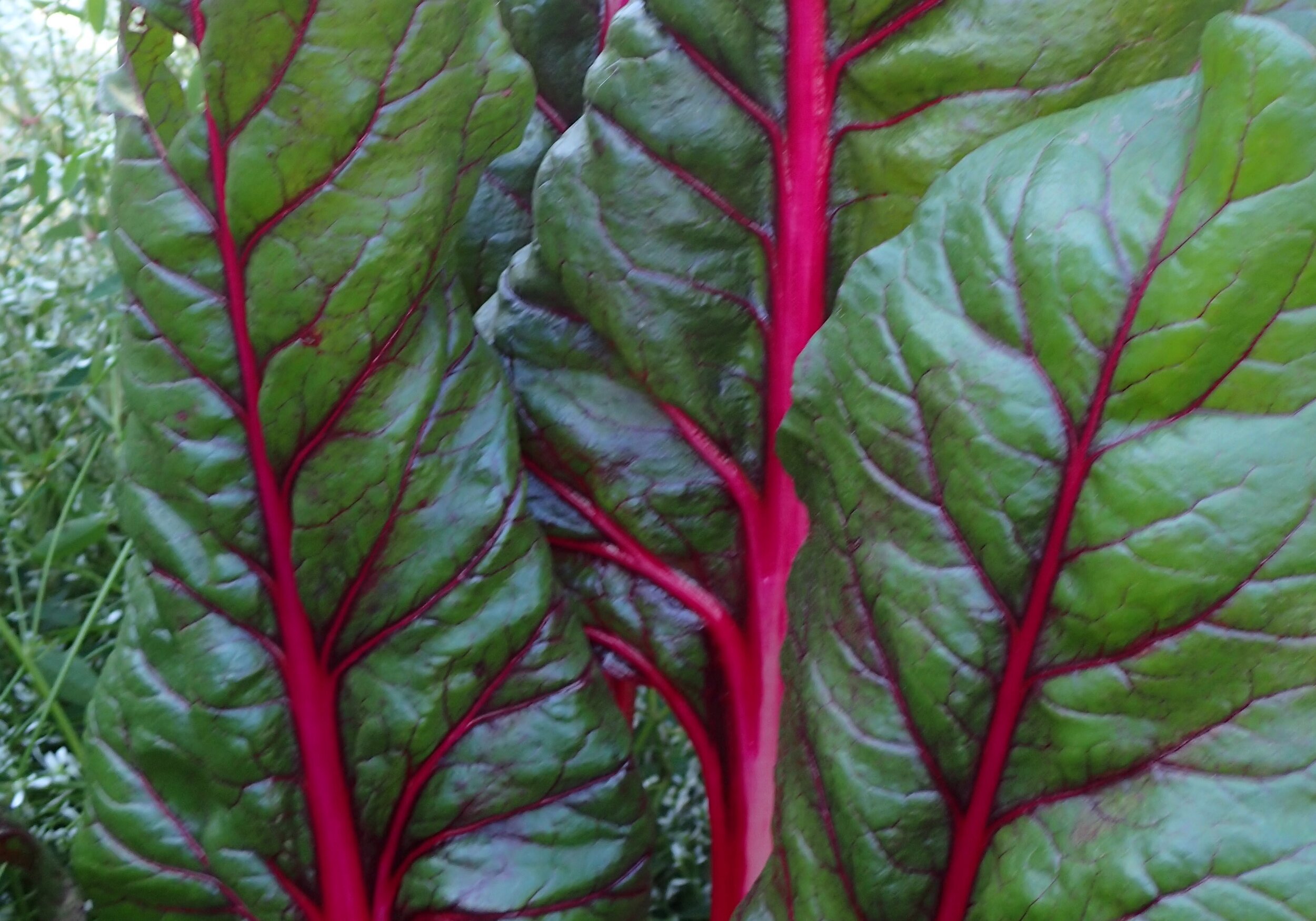Top Ten Fall Varieties To Grow From Seed
Heat loving vegetables and flowers such as tomatoes, peppers, and zinnias may be showing their age as fall approaches. But there are plenty of great plants that are invigorated by the cool nights and sunny days of September and October. Here’s what to grow for a successful second season!
When to Start
The key to growing vegetables for fall harvest is timing. Vegetables grown in this season take a little longer than spring-sown crops to reach maturity, due to fall’s shorter days and less intense sunshine. When choosing the date to start your plants, first determine the average first frost date for your region. Your Cooperative Extension Office will be able to help with that. Then look at the seed packet for days to maturity. Add 14 days to that number and count back from your frost date to calculate your seed-starting date.
Beet roots can be harvested at any stage, and the greens are tasty as well. Sow seeds about an inch apart, and thin to 3 to 4 inches apart when seedlings are large enough to handle.
Calendulas thrive in cool weather. Scatter the seeds about an inch apart in a sunny spot for some welcome fall color. Petals are edible, and beautiful in salads.
Cilantro is much easier to grow in fall that spring in many regions, as it is less likely to bolt. Sow the seeds an inch or two apart, and keep the seedlings well watered.
Growing On
Remember that sowing seeds or setting out transplants in midsummer can be stressful to young plants. Be sure to keep the soil moist as seeds are germinating, and protect young seedlings with shade cloth or plant them near taller plants, such as tomatoes, to provide protection from the hot afternoon sun. Germination can be spotty when seeds are sown directly in too-warm soils. A way around this is to start seeds of lettuce, spinach, and other greens in containers and then transplant the seedlings into the garden.
Kale loves the fall, and will persist through much of the winter in some regions. Sow seeds about 3 inches apart, and thin if you want the plants to grow large. Kale can also be harvested as a baby green.
Lettuce does not germinate well in the heat of summer, but once it gets a start, it will provide you with salads throughout the fall. Start seeds in containers in an area that gets morning sun, or protect your lettuce bed with shade cloth until the weather cools.
Peas are tricky in fall, as an early frost can ruin the crop by killing the blossoms. Choose fast maturing varieties, and be ready to throw a blanket over your pea crop if an early frost threatens.
Radishes go from seed to harvest size very quickly in spring and fall. Thin the young seedlings early to 2 inches apart so roots have room to grow.
Salad Greens, cut as baby greens, are a no-brainer for fall. Mustards, arugula, mizuna, and tatsoi thrive in cool weather, and are easy container crops. Mache, a.k.a. corn salad, will grow though winter and into spring.
Spinach doesn’t mind frost, and can be cut at any stage of growth. Scatter the seeds so they are about 2 inches apart, and keep the seedlings evenly moist.
Swiss Chard makes an excellent baby green, and a super nutrition steamed vegetable. Sow the seeds about an inch apart and thin to 8 inches to give plants room to grow. No thinning is necessary for baby greens.



